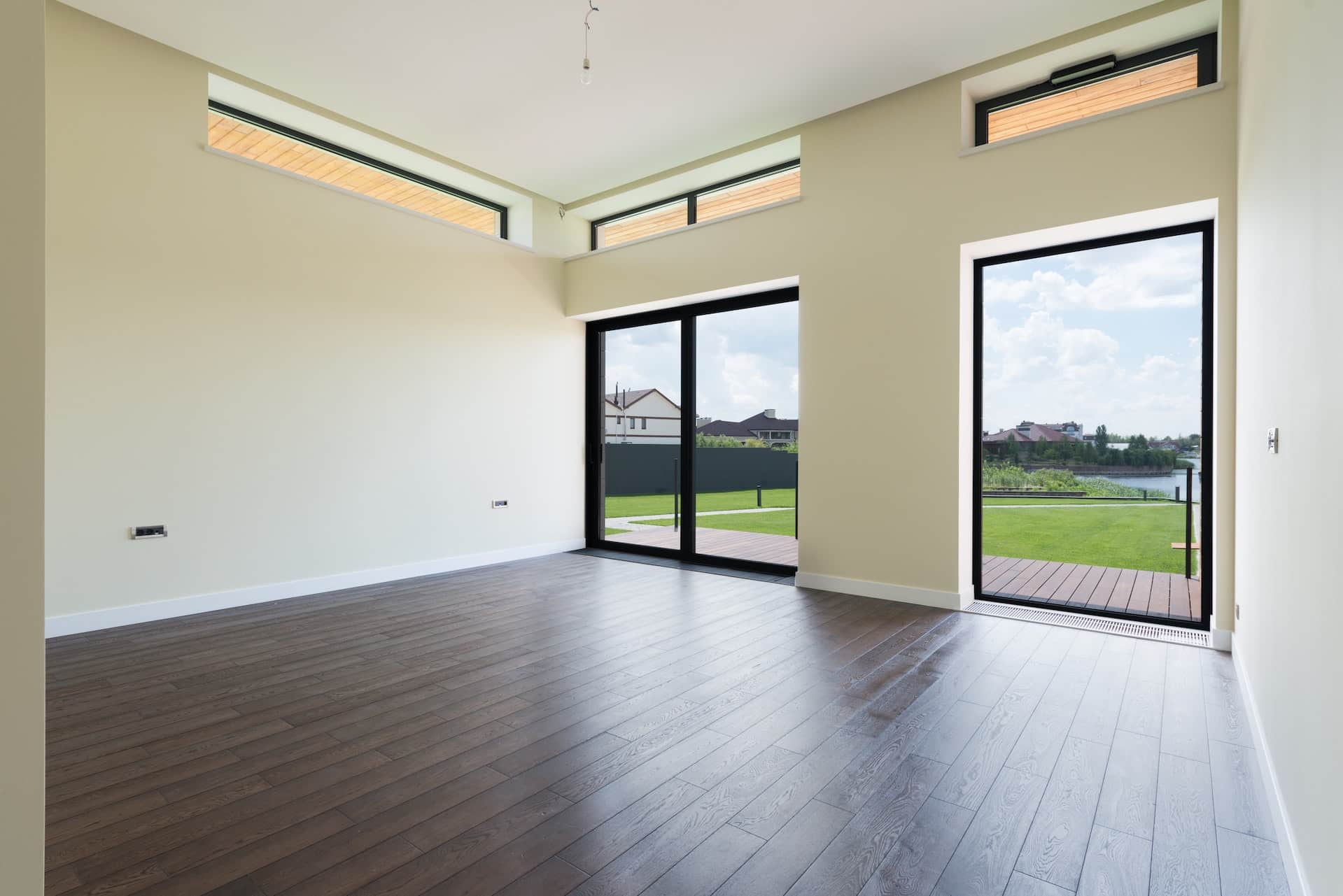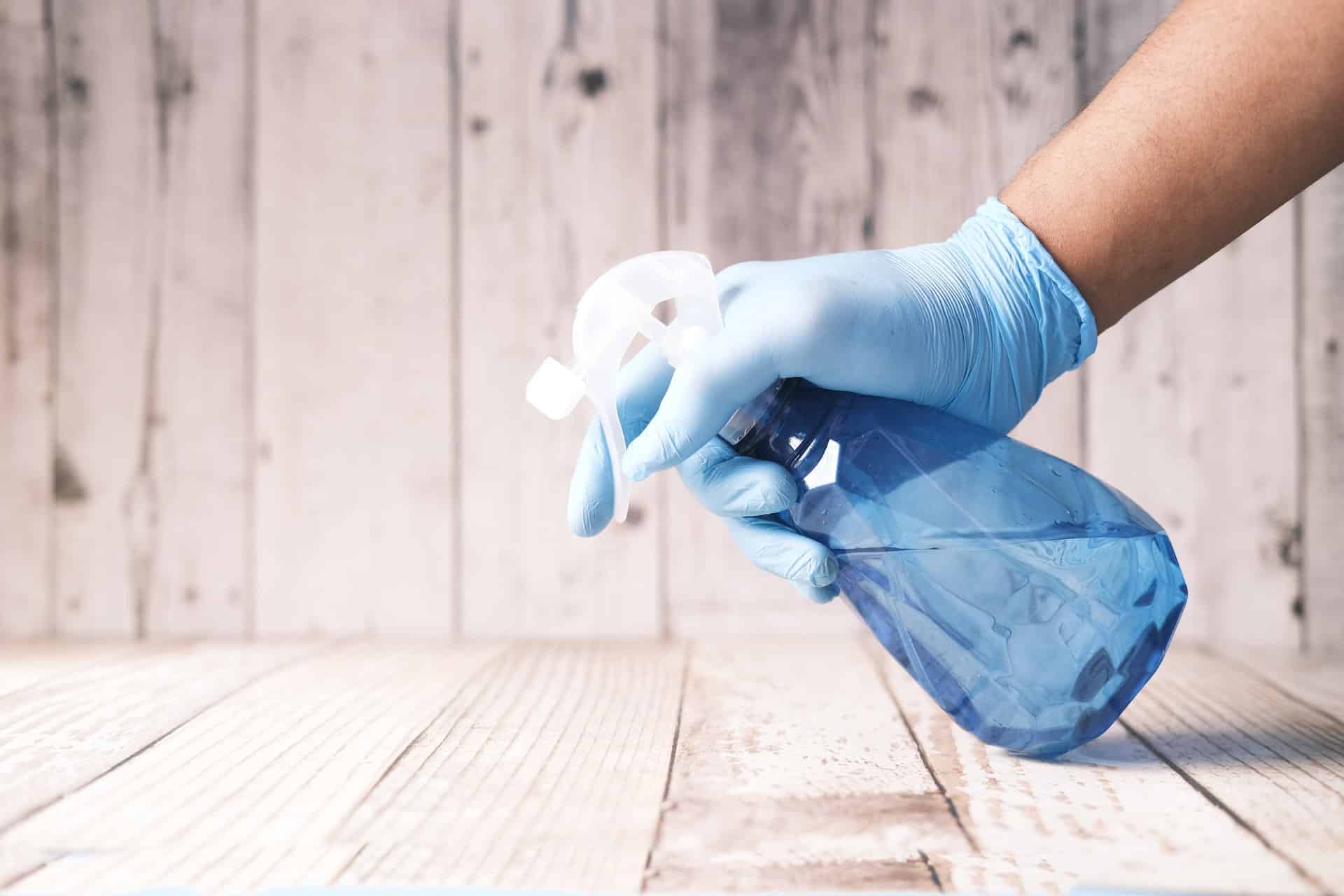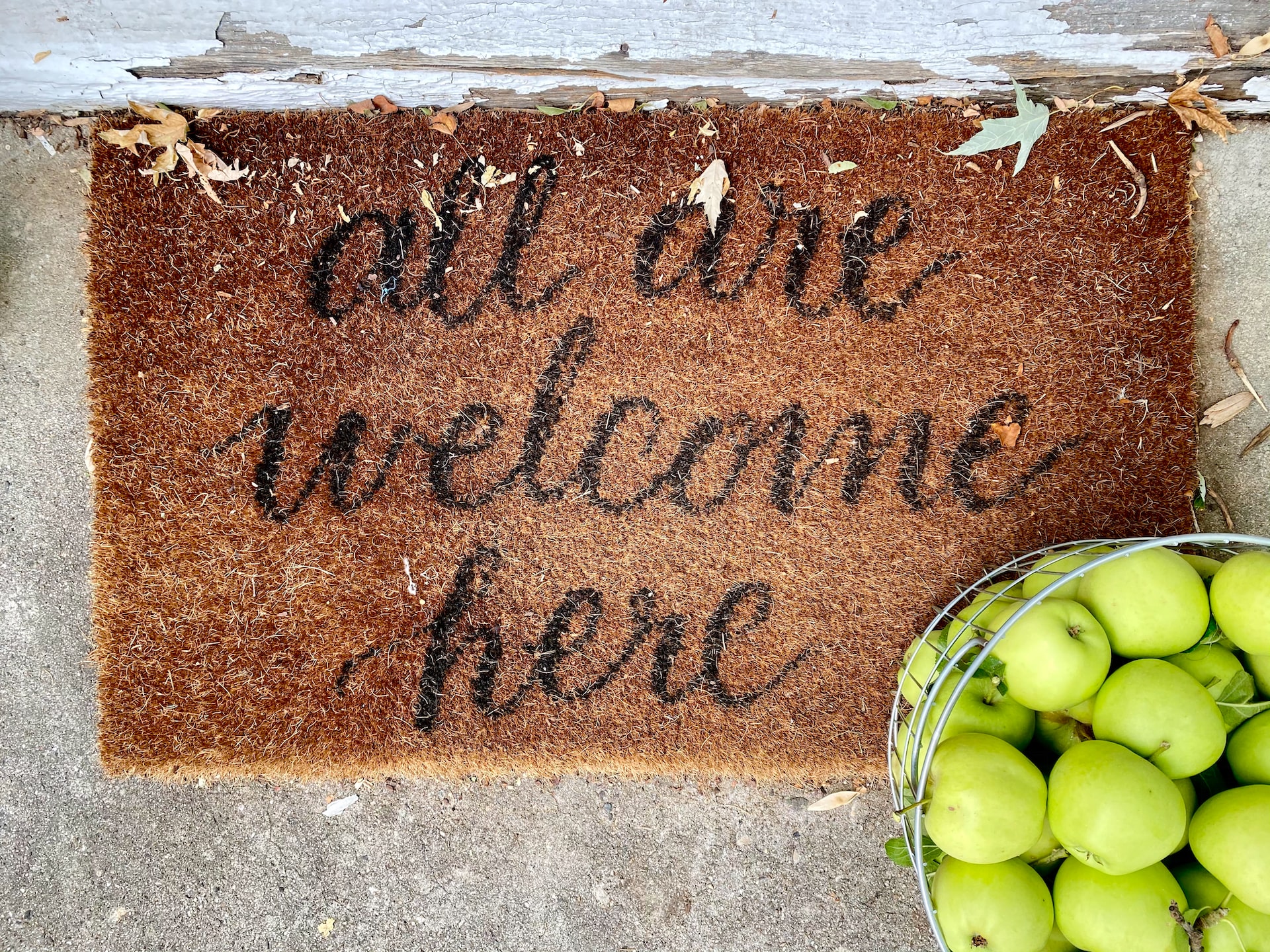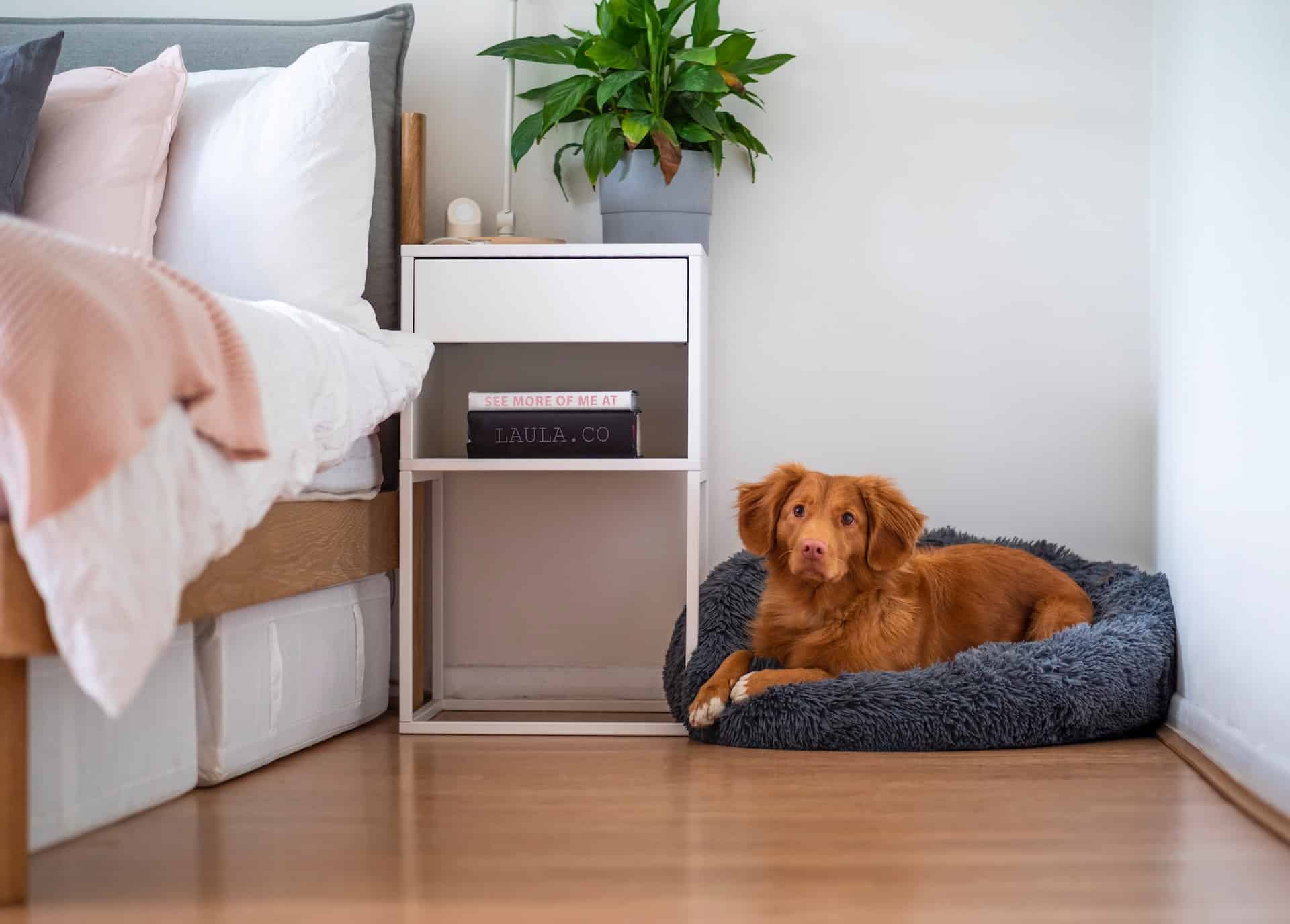
Many people choose laminate flooring because it is an excellent, cost-effective way for owners to give their home a realistic textured finish. There are probably a few dozen types of laminate flooring types, mimicking everything from cedar wood to exotic hardwoods, stone like marble and numerous others.
The other upside to laminate flooring is that the higher quality ones are built to last, being virtually scratch-resistant. Also, unlike natural wood and standard laminate floors, good quality laminate floors are water resistant and can withstand moisture. You also don’t have to worry about a spilt drink leaving a stain on your wooden floor. However, water and dampness can damage it, so laminate is a poor choice for laundry rooms and bathrooms where there may be a leak.
Laminate flooring is also easily damaged by the use of harsh chemical products. When laminate flooring is installed in areas like the living room or bedroom, most people will find that cleaning it is easier than wood. Cleaning laminate floors requires the homeowner or tenant to be regular with sweeping and mopping it.
Now, before we get into how to keep your laminate flooring looking great, it would be worth taking a second to understand what gives them their beautiful appearance. In a word, it is down to its photographic reproduction, mainly layered within the plastic coating of the wooden core material. Even though they may appear to be like hardwood, laminate is hard to repair or refinish.
If your laminate flooring gets worn down by age or by incorrect cleaning methods, it needs to be replaced. That’s why it is worth taking the time to clean laminate flooring correctly to keep moisture and grit out.
One way to reduce damage and wear to laminate floors is to put mats on exterior doors and add runners or area rugs in what are considered high-traffic areas of the home. Certain areas that receive a lot of foot traffic, like the living room, can be covered with a floor protector, especially beneath heavy furniture.
Always Read The Cleaning Instructions
If you invest in a quality laminate floor, it will accompany a set of cleaning instructions. These instructions are put together by the manufacturer and should be followed to improve the service life of the floor. Some brands may use special materials and thus have special recommendations of what should be used or what needs to be avoided during cleaning.
Many companies ship their laminate floors with detailed product guides and instructions describing how to clean the floors. You should find these instructions on the manufacturer’s website.
If you cannot find these instructions or information about the best cleaning products on the manufacturer’s website, try emailing them. Most manufacturers will respond with a PDF version of their cleaning instructions manual. However, as we’ll soon see, it is also possible to use a homemade laminate floor cleaner that’s perfectly safe, regardless of your brand of laminate flooring.

Clean Stains Right Away
Spilled wine on your floor? Maybe some good old-fashioned ink? Regardless, it is imperative that you tackle spills right away. You quite frankly don’t have a second to lose when something spills on your laminate floor. Pick up a tissue or use a napkin to wipe off stains right away.
We’ve already established earlier that liquid can and does quite a bit of damage to your laminate floor. That’s why you’d want to minimize exposure to fluids as much as possible, which is unlike if you had hardwood floors.
Don’t Clean Laminate Flooring With Abrasive Tools
Laminate flooring tends to scratch easily, which is why you will want to ensure not to use anything that can potentially scratch it. Cleaning tools like steel wool or sandpaper are a big ‘NO.’ Instead, if you need to remove debris from the floor, use a soft bristle broom. If you want to clean it even further, use a dust mop. However, if you are vacuuming, you will want to use an attachment that does not have a beater brush. Avoid powered cleaning tools with rotating brushes, too, as they can potentially scratch the surface.
We will go into what type of vacuum cleaner is best for laminate flooring a little later in this article.
In our experience, a good old broom is all you need, and it is the safest way to clean any laminate flooring.
Mop a Laminate Floor Every 30 Days
Now, this might sound strange to many homeowners because who, after all, records the number of times they mopped the floor? However, according to experts, the best way to keep a laminate floor looking fresh is to mop it once every two months or, if you’re a stickler for keeping it clean, once every month. That said, mopping here refers to nothing more than using a damp cloth.
All homeowners need to use is a damp microfiber mop, which is gentle enough for a laminate floor. However, you can also use a traditional mop but make sure to wring it out until it is slightly damp. Make sure to check the texture of the mop’s material to ensure it is soft cloth.
You Don’t Need Too Much Water
Unlike other types of flooring, you don’t need to wash, nor should you clean, laminate floors with excessive water. Also, according to experts, traditional wet mops are a big “NO” because the water can get into the flooring, causing it to bubble and swell. You also obviously don’t want pools of water standing on the floor as that will cause fading and staining.
Some how-to’s on the internet talk about using alcohol to mop a laminate floor or gasoline. Some even refer to using nail polish remover, but none of these should be attempted because they can damage the topcoat of the laminate floor, and in the case of gasoline, it is highly flammable, leading us to be concerned for your safety.

Use Cleaning Products Labelled “For Laminate Floor”
We admit that this is a no-brainer, but it is worth mentioning. If you use an oil-based cleaner, you’re endangering streaking your laminate floor if not causing any other damage. You can use laminate cleaner, but those should be used as a last resort. Plus, if you use a laminate cleaner, do so with a microfiber cloth or a soft mop instead of generously sprinkling it on the floor.
We advise you to read the instructions regardless of what the label says. Plus, laminate floors should never be polished or waxed. Again avoid abrasive cleaners regardless of what it says on the box or tin!
Stay Away from DIY Laminate Floor Cleaning Solutions
We searched YouTube for “how to clean laminate floors” and found a few videos detailing how to make a laminate floor cleaner at home. While we will not go into detail here, suffice to say they were offering bad ad unscientific advice.
Instead, if you want to make something at home, use typical over-the-counter stuff we know is safe for laminate floors, like unscented dish soap combined with a gallon of hot water.
If your laminate floor has a waxy buildup, you can mix a cup of white vinegar with a gallon of water. Vinegar is a safe and natural cleaning agent, which works wonders by eliminating the film on the floor without harming the laminate surface. It is the same DIY window cleaner solution, which means you can use what’s left on your windows.
However, remember our tip about using water? Well, the same rule applies here too. Your mop should only be a tad bit damp. Plus, always check for pools of water on the floor. If you spill some water by mistake, dry it immediately.
Arm Yourself with Household Cleaning Items
Tough stains like ink and candle wax can be hard to clean, even off laminate flooring. Fortunately, it all boils down to choosing the right cleaning method. For instance, if you’ve got chewing gum and candle wax stuck to a laminate floor, you can remove it by applying a cold pack to the area and then using a scraper or plastic knife to scrape it off after it hardens.
You can use off-the-shelf rubbing alcohol to remove ink, nail polish, paint, and crayon from the floor. However, remember what we discussed about liquids earlier? Make sure you don’t use too much. Also, since rubbing alcohol is flammable, so you shouldn’t be smoking when using it.
Protect Laminate Flooring From Future Damage
As they say, ‘prevention is better than cure, and the same is valid for laminate flooring. Thus to avoid any future scratches, you’ll want to protect the laminate floor with furniture pads placed under the legs of tables, chairs, couches or anything else. This should be particularly important if these furniture pieces are moved frequently.
You will also want to place rugs and mats at the entrance, preventing consistent wear and tear and extending the life of your laminate flooring.
Spread a Welcome Mat Outside the Door
You are probably already aware that dirt getting tracked into the home from the outside is what you’re mainly dealing with, but it can also damage the floor. Grit like sand, for instance, may get stuck on your dirty shoes, which will inevitably lead to scratches on the laminate floor. In fact, according to laminate floor manufacturers, even the best laminate floors aren’t impervious to grit damage.
Not only does grit dull the floor, but over time reduces its service life. A welcome mat is the easiest way to stop most dirt from entering. Better yet, make it mandatory for at least everyone living in the home to leave their work or outside shoes out of the house. Place a shoe rack outside, where people can take off their work shoes and put on a pair of clean home slippers. This will help to make the cleaning process simpler and, hopefully, require much less of it.

Trim Your Pet’s Nails
While this isn’t a tip to clean your laminate floors, keeping your pet’s nails trimmed is one of the best ways to care for your laminate floors. Cats and dogs are known to scratch laminate floors. When you trim their nails, it prevents damage to the floor as they wander in the home.
Think of it this way, if the protective coating is scratched by your pets, that’s where a lot of the dampness and dust is going to collect, making cleaning a lot harder.

Schedule Weekly Cleaning
It is always a good idea to have a steady weekly cleaning routine for laminate floors. This is especially true if you have kids and pets, both of which can leave behind a path of debris for you to clean up.
Sticking with a regular cleaning routine is the best way to ensure that your laminate floors remain clean. Sweeping should be part of this routine. As mentioned, use a soft-bristle broom to sweep up dust and hair. However, you may also want to try using an angle broom to sweep dirt away from the corners and baseboards.
As part of your schedule, make it a point to vacuum weekly. A soft brush attachment is all you need to avoid scratching the laminate. If you use a vacuum, set it to the ‘hard floor’ setting. This will mean that the beater brush does not rotate, thus not scratching the floor.
Sidenote: If your vacuum does not have a ‘hard floor’ setting, find out what setting turns off the rotating brush.
It is worth mentioning that where you live affects how often the laminate floors need to be cleaned. For instance, if your home is near the beach, you are dealing with a constant flow of sand getting tracked into the home. This means you must clean the home multiple times a week despite having a welcome mat outside.
The Best Type of Vacuum for a Laminate Floor
As a homeowner, you probably already know that all vacuums are not made equal. When cleaning a laminate floor, nothing beats having a canister vacuum, which scoops up dirt from the surface, including pulling it from the crevices and cracks in the laminate.
There are a few different types of vacuums that are designed for laminate floors. However, you will want to buy one that performs best in picking up dirt and debris from the floor. The vacuum cleaner you choose should also be easy because you will use it multiple times a week, depending on where you live.
Also, make sure you buy a vacuum cleaner that isn’t too large, especially if you own a small apartment with laminate floors. This is because large vacuum cleaners, despite being powerful, may be unable to pull dust and grit out of your apartment’s tight corners.
It is worth mentioning the obvious that vacuum cleaners can’t remove stains or excess water from a laminate floor. That’s why you still need to have a pack of dry microfiber cloth nearby!
FAQs
Q. Is it safe to use a wet Swiffer on my laminate floors?
- It is safe! You can use a Swiffer WetJet or a wet Swiffer without fear of damaging the floor. The devices are best for cleaning often laminate floors in tight spaces. The battery-operated devices operate by spraying a small amount of cleaning formula specially designed for laminate floors, after which it is mopped up. Plus, disposable pads mean you don’t have to deal with a map. But these devices can get pretty expensive and aren’t key to keeping your laminate floors clean.
Q. Can laminate floors be cleaned using a steam mop?
- We don’t advise using a steam mop for many reasons. For starters, most laminate floor manufacturers advise against using them and using them voids your warranty (if it is still under warranty). While many brands may claim their steam mops are safe, you will want to check your laminate flooring’s cleaning guidelines. Sure, it is true that the latest laminate floors are more moisture resistant than they were, but using steam can lead to warping and other types of damage, so deep cleaning is certainly out of the question.
Q. Does white vinegar damage laminate floors?
- No, it will not damage your laminate floors if used as part of a solution mixed with water. In fact, combining a cup of vinegar with a gallon of water is an excellent way to clean your laminate floor. All you need is to dampen the mop with the solution and clean it slightly. Ensure you don’t use too much water and the water does not pool on the floor. Also, you don’t want to apply white vinegar directly to a laminate floor; the acidic content in the vinegar can damage the top coat of your laminate floor, making it vulnerable to the elements.
